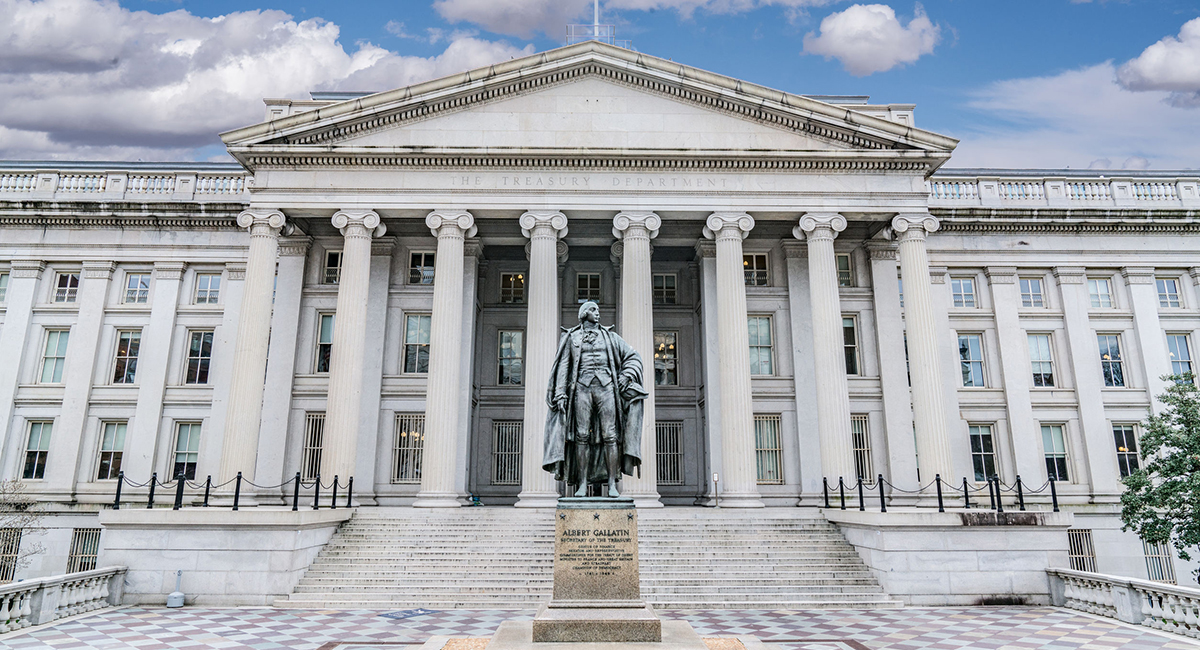“Annual income twenty pounds, annual expenditure nineteen [pounds] nineteen [shillings] and six [pence], result happiness. Annual income twenty pounds, annual expenditure twenty pounds ought and six, result misery.”
—Mr. Micawber (fictional character in David Copperfield by Charles Dickens)
Twenty pounds sterling would be pocket change in today’s global economy ($1 equals £0.78), but when Charles Dickens was writing David Copperfield, a typical London laborer earned 20 shillings (£1) per week. The cost of living was, of course, considerably lower in 19th-century England than it is nowadays, amounting to about 19 shillings per week, according to some estimates. So if Dickens’ impecunious Mr. Micawber worked a then-standard 10 hours per day, six days per week year-round and was unmarried, childless, and abstemious, his annual income might have been £52, allowing him to live reasonably comfortably and debt-free. At £20, though, any extraordinary expenses would have plunged him into dire financial straits.
The U.S. national debt (the federal budget deficits that have been accumulating since the early 1960s) now is north of $34 trillion, a sum unimaginable to Wilkins Micawber, to the founders of our constitutional republic, and to most people living today. And that number does not include the unfunded future liabilities of Social Security, Medicare, and other so-called entitlement programs.
Until the 1960s, a balanced-budget norm constrained Washington’s fiscal policymaking: Public revenues and expenditures remained largely on par, except during wartime. Borrowing was necessary to finance acquisitions of munitions and other war materials along with paying the men and women responsible for carrying out military operations, because, as Adam Smith recognized, it would be too perilous to wait for new tax revenue to flow into the Treasury.
Even so, policies to retire public debts incurred during wartime (for example, by establishing “sinking funds”) were accepted widely. That norm held from the Revolutionary War to the end of World War II, more or less. Even President Franklin D. Roosevelt, the architect of profligate New Deal spending initiatives, campaigned for his first White House term on a platform calling for a balanced federal budget.
Of course, a third method of financing wars and responding to other “emergencies,” other than taxing and borrowing, is available only to the federal government: resorting to the currency printing press (“quantitative easing”). Expanding the money supply to “pay” for current public spending—as the Lincoln administration did by issuing “greenbacks” during the 1861–1865 War of Secession and the last two presidents did during the COVID-19 pandemic—predictably causes price inflation, sometimes disguised temporarily by wage and price controls, as happened during World War II.
The balanced-budget norm was broken for good by President John F. Kennedy under the influence of Keynesian macroeconomics. (See James Buchanan and Richard Wagner’s Democracy in Deficit.) Federal budget deficits have been business as usual in Washington, D.C., ever since. They were worsened by the twin tragedies of President Lyndon B. Johnson’s Vietnam War and Great Society, global financial crises, and more recent “shocks,” during which little pretense to fiscal responsibility has been evident among politicians, policymakers, and most macroeconomists. Like Mr. Micawber, twice imprisoned for failure to pay his debts, our elites apparently remain hopeful that “something will turn up.”
It is obvious that chronic budget deficits are explained by excessive public spending, not inadequate revenue. So-called modern monetary theory teaches that the government can borrow and spend without limit; if too much liquidity is injected into the economy, the theory says that it can be soaked up by raising taxes, which would amount to political suicide in an era, like today’s, in which GDP growth is anemic.
For that reason, I am wary of proposed constitutional amendments that force Washington to balance its budget rather than reform fiscal policymaking simply to constrain the growth of spending. One problem with today’s budgetary processes is that neither the president nor any congressional committee is responsible for “bridging” the gap between the revenue and spending sides of the federal budget, as most state governors are required to do.
Federal outlays these days are determined first, and then, as afterthoughts, “ways and means” of financing that spending are determined separately. Since raising taxes is politically costly, borrowing (which implies higher future tax bills but creates the illusion that government is less burdensome than it is) becomes the easiest way out.
Political expedience aside, as Adam Smith wrote, “if [an empire or commonwealth] cannot raise its revenue in proportion to its expense, it ought, at least, to accommodate its expense to its revenue.”











